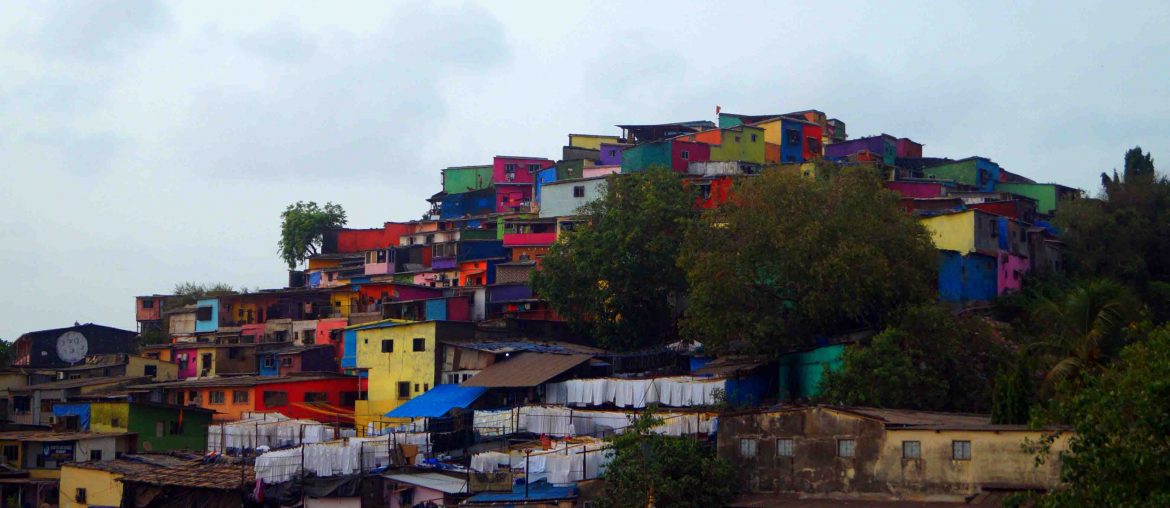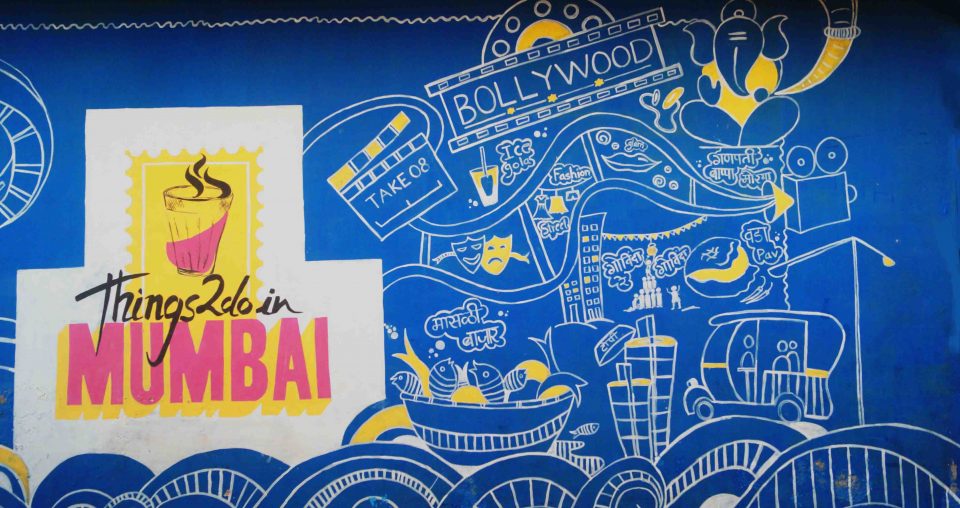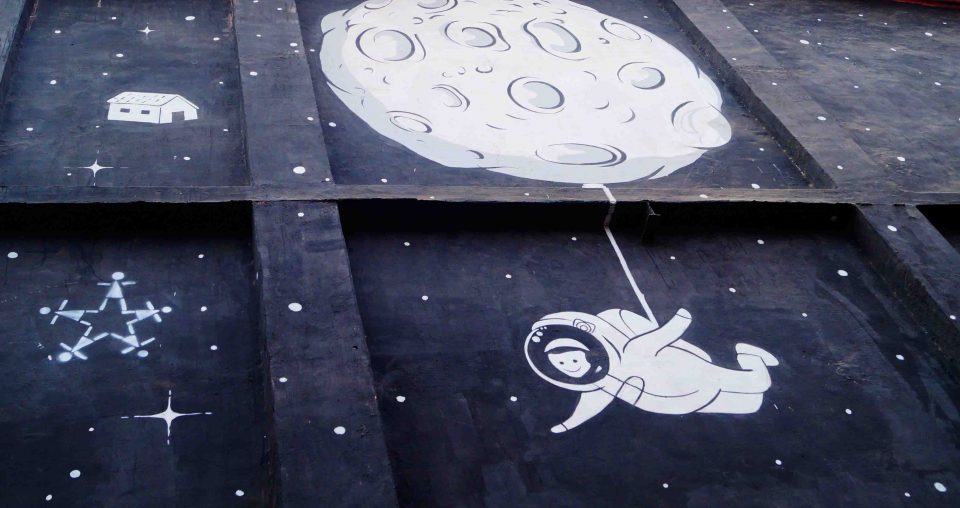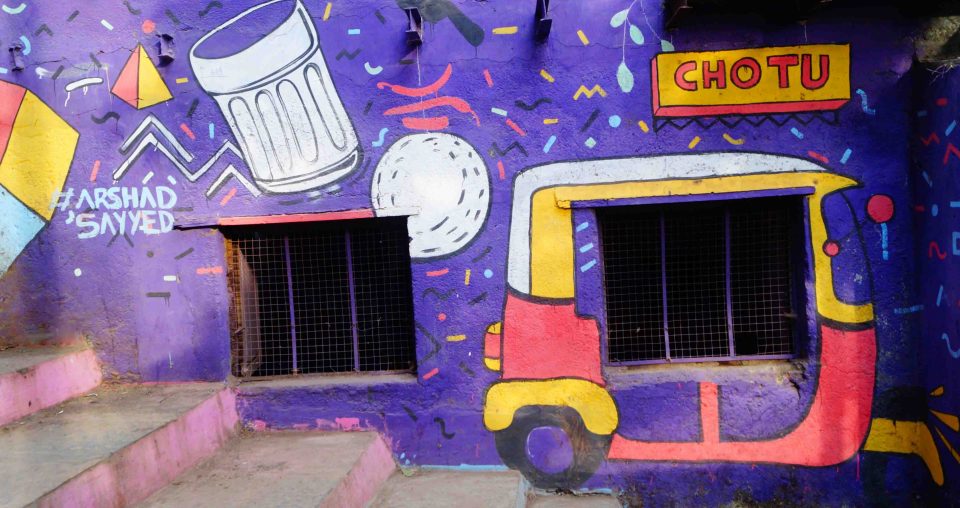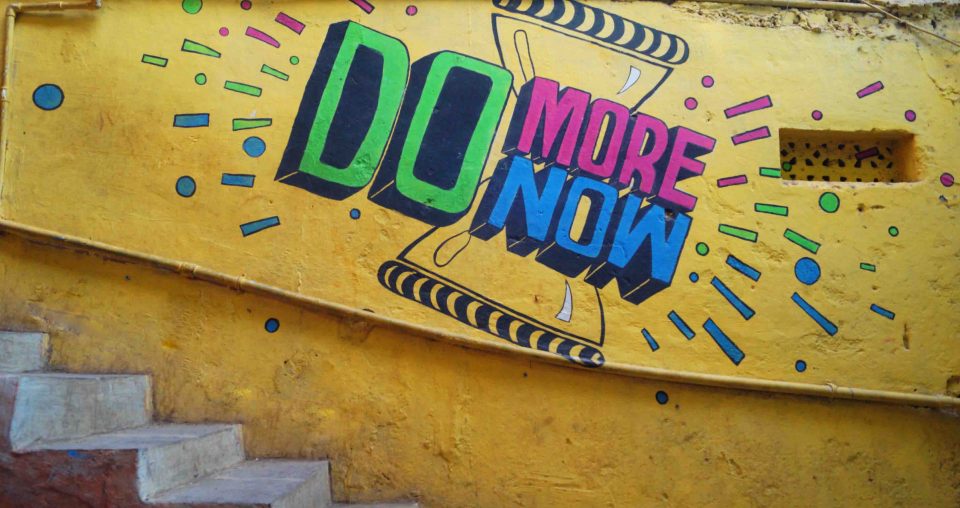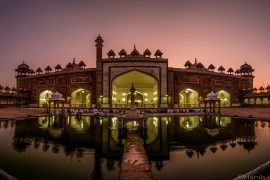Asalpha, Mumbai
From the beginning of our history, art has been a well-adopted form of communication. Though the makers of history switched between paintbrushes and typewriters, the motive of highlighting a cause didn’t change. Irrespective of taking various forms, shapes and sizes art has always been interpreted and best accepted as ‘a micro-reflection of life’. This, in turn, has given birth to questions like “How has art changed lives?” and Asalpha is the best answer in this context.
From Slum To Objet d’Art
Asalpha or Asalfa, neighbouring Ghatkopar (West Mumbai), is a slum that is now famous for its vibrant view so much so that some have nicknamed it as the Positano of Mumbai. Unlike other slums of Mumbai, Asalpha has been a calm and content part of the city. It has been high on sanitation and hygiene standards as well. But it had its fair share of darker days. The village lacked the zeal to continue working majorly because a part of it was recently demolished.
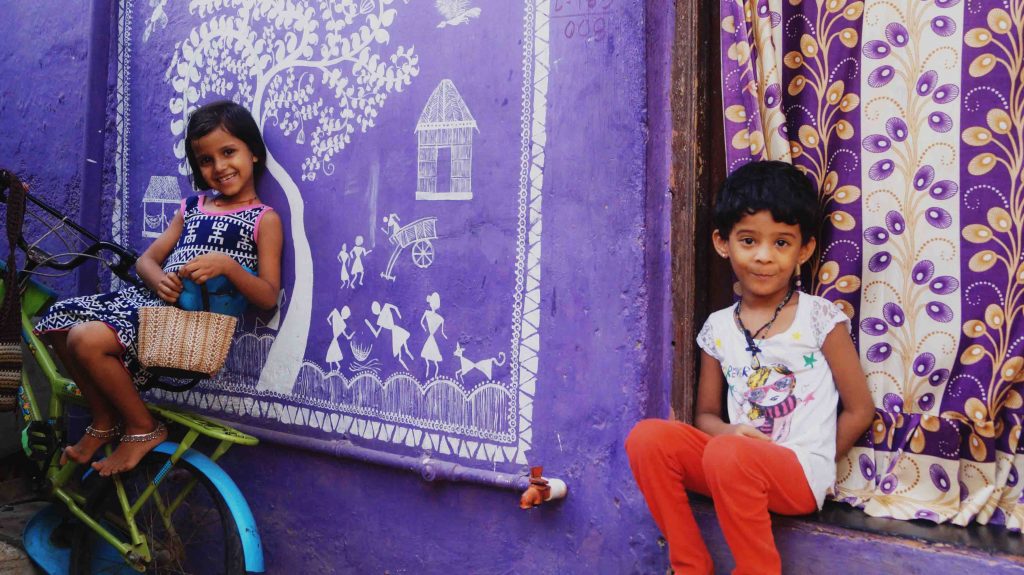
But things changed drastically when a team of 750 volunteers along with enthusiastic locals came together to pull the blue veil off the slum. Two weekends and painting 175 walls changed the whole outlook of Asalpha for the people who looked at it as just a blob of land. But more than that, the ‘Chal Rang De’ movement transformed the lives of people living in Asalpha. The artworks have given a new lease of life to the people, motivating them to keep going.
Murals Reflecting Life in Mumbai
But what’s most intriguing, from a traveller’s perspective, are the stories behind each artwork. Some of them are Mumbai centric while others clearly reflect the life in Asalpha. The aesthetics make the experience feel familiar and inclusive like you never left home. The place in itself is very photogenic and has seen a growth in the number of visitors since the renovation. This has enhanced the lifestyle of people as they’re (especially young boys) turning to curated tours.
Art As A Medium of Change
On my visit to Asalpha, I got the opportunity to spend time with the locals. Meera, one of the residents of the slum, recalled how the colors of the walls brought joy in her life. I was left in awe when this mother of 3 daughters recited the day of her second daughter’s wedding. The makeover of the slum brought her a different kind of pride. She was worried about the venue but after the make-over, she proudly arranged for the wedding from her ‘dongar’ (house). The colours, murals, and graffiti are becoming a symbol of positive urbanism.
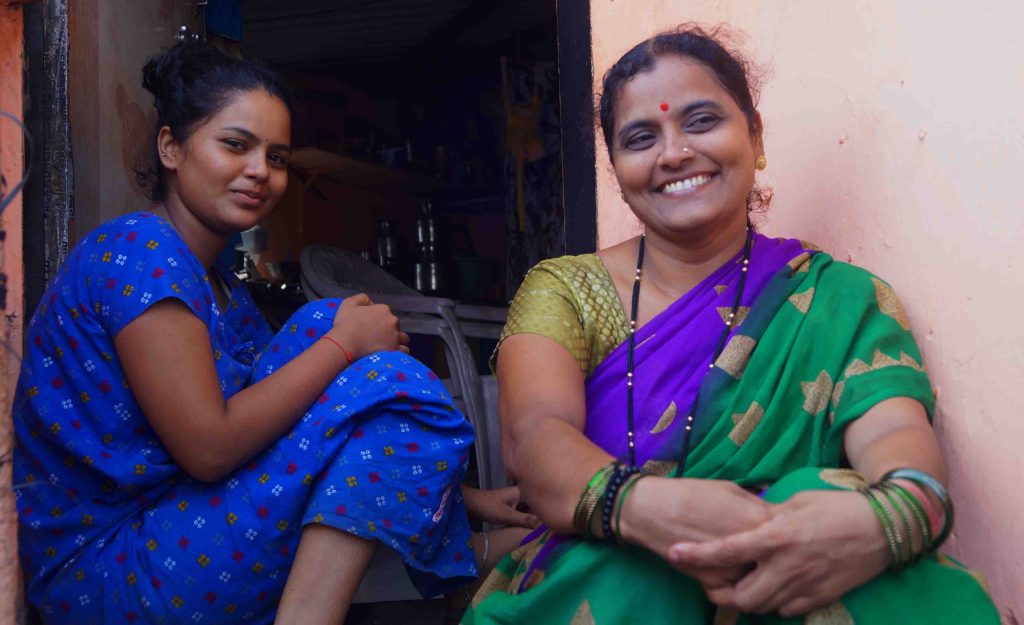
The murals, done by the volunteers, have recently become a site for photo and video shoots. Asalpha’s weekends are action-packed as the place is flooded with visitors and art enthusiasts. The revamping of Asalpha answers our question – how has art changed lives, as you see children attending school with a different energy. The murals have brought optimism, a sense of independence and a financial boost in the lives of the residents. This is true value based art.
Things you should know before you visit Asalpha
- Carry a bottle of water since it will be an uphill walk.
- Please dress moderately. During my interactions with the locals, I was told that a lot of photographers/models visit for shoots. Though the people of Asalpha are very welcoming, they often feel uncomfortable because of the choice of garments used in such shoots.
